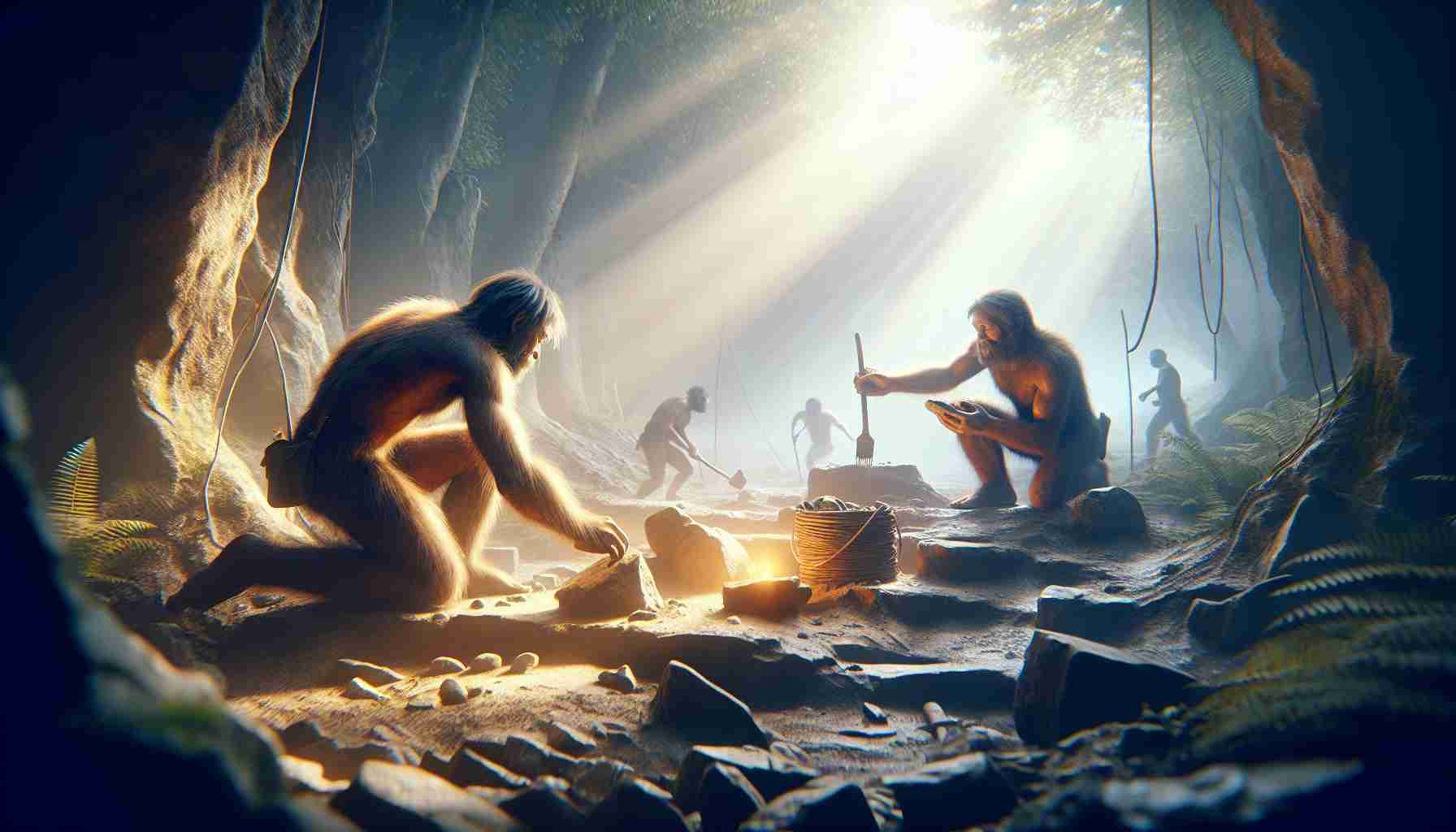New Insights into Neanderthal-Human Interbreeding
Recent breakthroughs in genetics have unveiled the intricate timeline of interbreeding between modern humans and Neanderthals, beginning roughly 50,500 years ago and persisting for an estimated 7,000 years. This significant exchange of genes has resulted in 1-2% of Neanderthal ancestry present in populations outside Africa today, introducing crucial traits that enhance immunity and skin pigmentation.
The research team compiled data from 58 ancient human genomes along with contemporary samples to refine this timeline, providing a clear picture of when our ancestors mingled with Neanderthals. This interbreeding period coincides with the initial migration of modern humans into Eurasia, reaching a culmination around 43,500 years ago.
Notably, the study identified “Neanderthal deserts,” genomic regions entirely devoid of Neanderthal DNA, indicating that certain inherited traits from Neanderthals may have been detrimental to the survival of early humans in those areas. These findings highlight the selective processes shaping our genetic makeup, reflecting adaptations to varied environments.
The project, a collaboration led by prominent researchers from UC Berkeley and the Max Planck Institute, emphasizes the complex nature of human ancestry and raises new questions about the impact of ancient gene flow on our evolution. As we delve deeper into our genetic history, each discovery brings us closer to understanding our shared past with these ancient relatives.
Discovering the Truth: The Impact of Neanderthal-Ancestry on Modern Humans
New Insights into Neanderthal-Human Interbreeding
Recent genetic advances have significantly enhanced our understanding of the timeline and implications of interbreeding between Neanderthals and modern humans, revealing fascinating details about our ancestry. It is now established that this gene exchange began approximately 50,500 years ago, with implications that have continued to shape human populations outside Africa.
Key Features of Neanderthal Ancestry
1. Timeline and Migration: The interbreeding period coincides with the migration of modern humans into Eurasia, reaching a peak around 43,500 years ago. This suggests a crucial overlap in habitats, where early humans and Neanderthals coexisted.
2. Genomic Contributions: Modern populations outside Africa carry about 1-2% Neanderthal DNA, which has introduced essential traits that improve immunity and influence skin pigmentation. These traits reflect adaptations to new environments that early humans faced during their expansion.
3. Neanderthal Deserts: The research identified specific “Neanderthal deserts” in the genome—regions that lack Neanderthal DNA. This discovery implies that certain Neanderthal traits could have had negative survival impacts in those areas, driving the selective retention of beneficial genes. This process of natural selection is vital for understanding how genomic diversity shaped human evolution.
Use Cases and Implications
– Health Research: The identification of Neanderthal genetic contributions offers potential insights into modern health. Understanding how Neanderthal ancestry influences disease susceptibility and immune responses may guide personalized medicine and public health strategies.
– Cultural Evolution Studies: The genetic intermingling signifies not only biological but also potential cultural exchanges between Neanderthals and modern humans. This amalgamation of cultures may have led to advancements in tools, social structures, and adaptation techniques.
Limitations and Controversies
While the study has provided invaluable insights, certain limitations persist:
– Data Limitations: Current research relies on ancient genomes that may not encompass the total diversity of Neanderthal populations, potentially leading to gaps in understanding their full impact on modern humans.
– Overemphasis on Gene Flow: Some scholars argue there is a tendency to overstate the importance of interbreeding, suggesting that other factors such as environment and societal development also play significant roles in shaping human evolution.
Future Trends and Innovations
As we push forward into further genetic research, innovations such as improved sequencing technologies will likely enhance our knowledge of ancient human demographics. The exploration of Neanderthal DNA may also lead to breakthroughs in evolutionary biology, anthropology, and medical genetics.
Conclusion
The study of Neanderthal interbreeding underscores the complexity of human ancestry and evolution. As we refine our understanding of these ancient relationships, we gain deeper insights into our own genetic heritage and the remarkable journey of humankind.
For more information on genetics and anthropology, check out Max Planck Institute for their pioneering research in the field.
